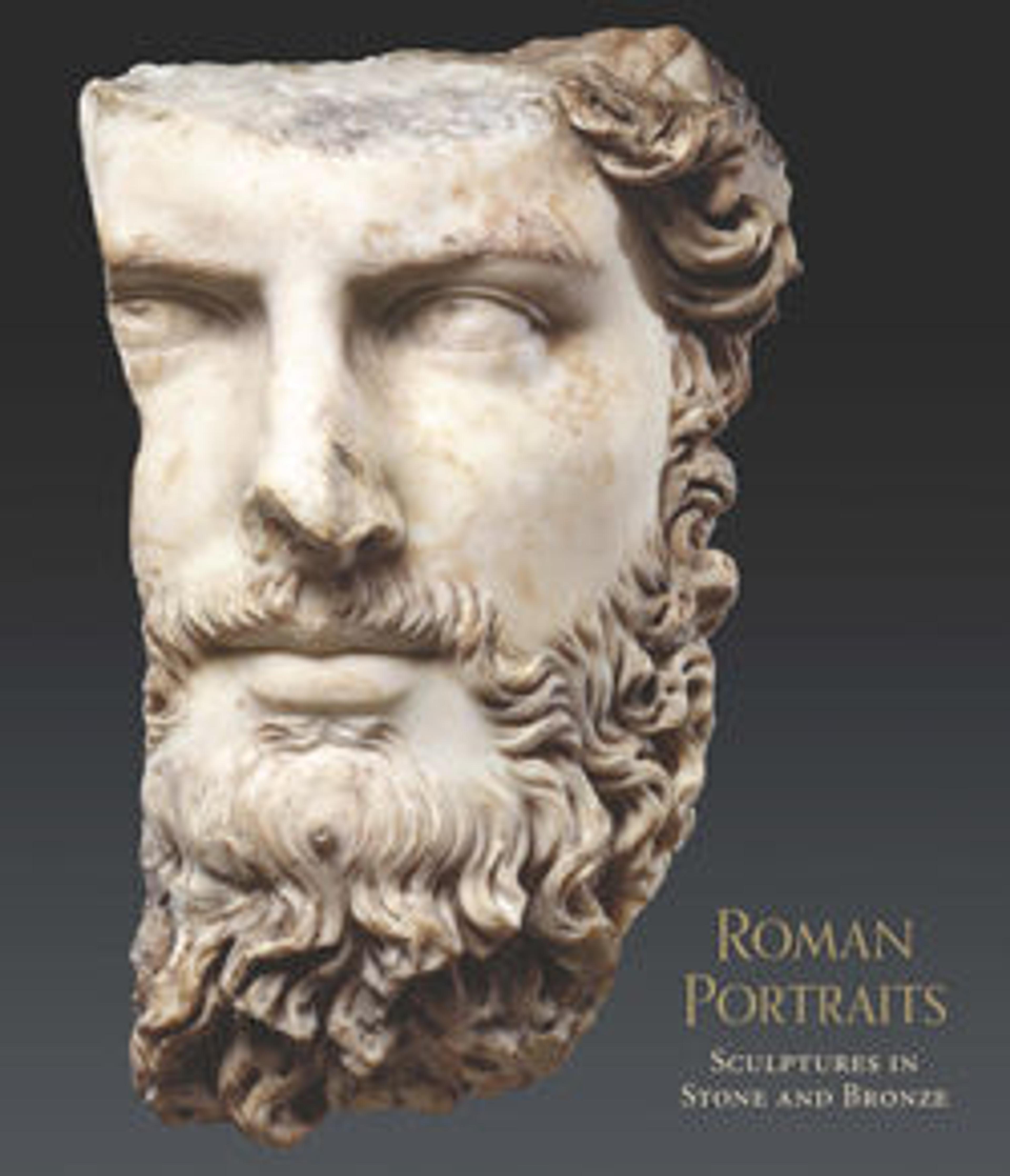Marble bust of Herodotos
Copy of a Greek bronze statue of the first half of the fourth century B.C.
Herodotos (ca. 484–424 B.C.) of Halikarnassos achieved fame in his lifetime for his Histories, which chronicle the Greek wars with Persia in the first quarter of the fifth century B.C. and the years surrounding those momentous events. His most brilliant and original accomplishment was his conception of a narrative that interweaves local traditions in a span of more than seventy years and encompasses much of the world known to the ancient Greeks through fact and fiction. Cicero called him the father of history. This work is one of numerous extant Roman copies that stem from a Greek statue, probably of the first half of the fourth century B.C. Portraits of Herodotos also appear on Roman bronze coins from Halikarnassos.
Herodotos (ca. 484–424 B.C.) of Halikarnassos achieved fame in his lifetime for his Histories, which chronicle the Greek wars with Persia in the first quarter of the fifth century B.C. and the years surrounding those momentous events. His most brilliant and original accomplishment was his conception of a narrative that interweaves local traditions in a span of more than seventy years and encompasses much of the world known to the ancient Greeks through fact and fiction. Cicero called him the father of history. This work is one of numerous extant Roman copies that stem from a Greek statue, probably of the first half of the fourth century B.C. Portraits of Herodotos also appear on Roman bronze coins from Halikarnassos.
Artwork Details
- Title: Marble bust of Herodotos
- Period: Imperial
- Date: 2nd century CE
- Culture: Roman
- Medium: Marble, Island ?
- Dimensions: 18 1/2 × 9 × 9 3/4 in., 156 lb. (47 × 22.9 × 24.8 cm, 70.8 kg)
- Classification: Stone Sculpture
- Credit Line: Gift of George F. Baker, 1891
- Object Number: 91.8
- Curatorial Department: Greek and Roman Art
More Artwork
Research Resources
The Met provides unparalleled resources for research and welcomes an international community of students and scholars. The Met's Open Access API is where creators and researchers can connect to the The Met collection. Open Access data and public domain images are available for unrestricted commercial and noncommercial use without permission or fee.
To request images under copyright and other restrictions, please use this Image Request form.
Feedback
We continue to research and examine historical and cultural context for objects in The Met collection. If you have comments or questions about this object record, please contact us using the form below. The Museum looks forward to receiving your comments.
